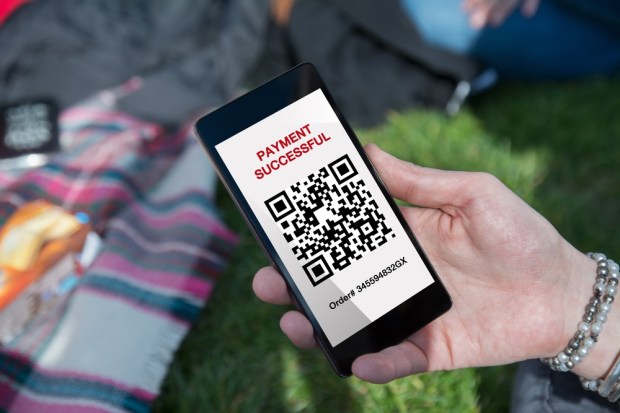EMVCo Rolls Out Two QR Code Payment Specifications

EMVCo, the global technical body that manages EMV specifications, announced Monday (July 31) it has released two QR code payment specifications supporting merchant-presented QR code and consumer-presented QR code use cases.
In a press release, EMVCo said the documents define QR code payments in a way that simplifies development and could broaden global acceptance of QR code mobile payment solutions.
“With the increasing deployment of QR Code payment methods, it is important that the payments ecosystem provides a consistent experience for merchants and consumers,” said Cheryl Mish, EMVCo board of managers chair in the news release. “Given the early stage of deployment of this emerging payment technology and growing adoption, now is the time to ensure the technology’s potential is not constrained in the future due to interoperability issues with the established payment infrastructure.”
The EMV QR Code Specification for Payment Systems supports two differing QR code mobile payment use cases: consumer-presented in which the customer displays the QR code on his or her mobile device and the merchant uses an optical scanner to read the code, and merchant-presented in which the merchant displays the QR code and the customer uses his or her mobile device to scan the code.
EMVCo said the new specifications will bring clarity and enable merchants to accept QR code payment solutions from various providers in a standardized way. Consumers will also benefit from a more uniform experience that offers greater convenience and familiarity, the technical body said in the release. EMVCo noted it will manage and advance the QR code payment specifications.
While QR codes for mobile payment may not be huge in the U.S. they are common around the globe, resulting in heavy hitters in the payment industry rolling out QR-based services. In March, Mastercard, UnionPay International and Visa introduced a Standardized Quick Response (QR) code for payments, accelerating Thailand’s transition toward a cashless society.
According to a press release at the time, consumers holding Mastercard, UnionPay or Visa cards could pay using a mobile application with Standardized QR Code support to scan the merchant-presented QR code, which works on both smartphones and phones with a camera function. The standard specifications for QR code payments are simple to set up and use, giving consumers and merchants more options for electronic payments without compromising on security or convenience.